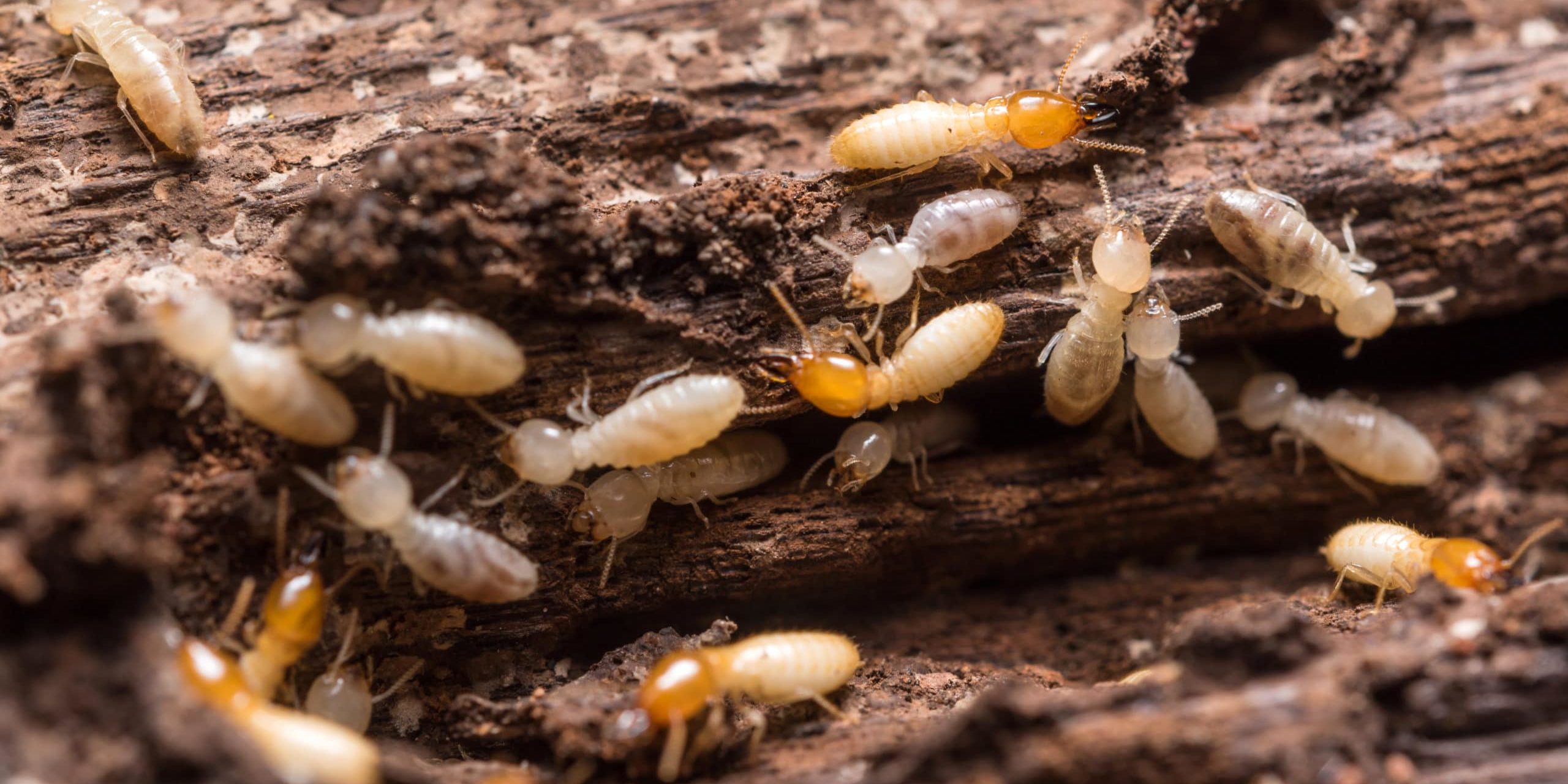
Florida’s stunning landscapes, warm climate, and unique ecosystems create a haven for both residents and an array of pests. From buzzing mosquitoes to sneaky termites, these creatures can disrupt daily life and impact the environment. In this comprehensive guide, we delve into the world of Florida’s pests, shedding light on common insect pests, nuisance wildlife, plant pests and diseases, and, of course, the insidious threat posed by termites.
Termites: The Silent Threat
Termites, though small in stature, are a formidable force to reckon with. In Florida’s subtropical climate, these pests thrive, making them a significant concern for homeowners and property managers. These social insects exist in different forms, with subterranean and drywood termites being the most prevalent in the state. Subterranean termites establish colonies in soil and can cause extensive structural damage by tunneling into buildings. On the other hand, drywood termites make their homes within wooden structures, such as furniture and beams. Their hidden activities can go unnoticed until severe damage is done, emphasizing the importance of vigilance.
Common Insect Pests
Florida’s warm and humid climate provides an ideal breeding ground for various insect pests. Mosquitoes, notorious for their role in transmitting diseases like Zika and West Nile virus, are a persistent threat to public health. Ants, from tiny sugar ants to larger carpenter ants, can invade homes in search of food and nesting sites. Cockroaches, a well-known nuisance, also pose health risks due to their potential to spread pathogens. Bedbugs, often associated with travel, have become unwelcome guests in hotels and homes alike.
Nuisance Wildlife
Beyond insects, Florida residents encounter a range of wildlife pests. Raccoons, though charismatic, can cause property damage and pose health risks. Squirrels can enter attics and chew through wiring, creating fire hazards. Armadillos, while fascinating, can wreak havoc on yards and gardens as they search for insects. Snakes, including venomous species like the Eastern diamondback rattlesnake, can pose dangers in both rural and urban areas.
Plant Pests and Diseases
Florida’s lush vegetation is not exempt from pest pressures. Citrus greening, transmitted by the Asian citrus psyllid, threatens the state’s iconic citrus industry. Fire ants, with their painful stings and aggressive behavior, have become widespread and can have ecological consequences. Whiteflies, tiny insects that feed on plant juices, can damage ornamental plants and transmit plant viruses. Laurel wilt disease, caused by a fungus spread by ambrosia beetles, poses a serious threat to native trees like avocado and swamp bay.
Termites: The Underlying Threat to Structures
While Florida’s diverse pests command attention, the persistent threat of termites underscores the importance of proactive pest management. Subterranean termites, which thrive in the state’s moist soil, can infiltrate structures and cause substantial damage. Drywood termites, often found in wooden furniture and structures, silently feed on cellulose, weakening their hosts from within. Early detection is key to mitigating their impact. Signs of termite infestations include mud tubes, discarded wings, and hollow-sounding wood.
Integrated Pest Management (IPM): A Holistic Approach
To combat Florida’s array of pests, including termites, integrated pest management (IPM) offers a holistic strategy. IPM emphasizes prevention, employing a combination of methods to reduce pest populations while minimizing the use of pesticides. This approach involves regular inspections, identifying potential entry points, and implementing measures to reduce conducive conditions like moisture buildup.
Community Efforts and Awareness
The battle against Florida’s pests requires a united front. Government initiatives, community programs, and educational outreach play a crucial role in pest management. By educating residents about effective prevention measures and sharing success stories, communities can empower individuals to take responsibility for their living spaces and surroundings.
Research and Future Directions
Ongoing research into pest behaviors, biology, and control methods drives innovations in pest management. Advancements in technology and collaboration between researchers, professionals, and the public are shaping more sustainable and effective strategies for pest prevention and eradication.
Conclusion: A Shared Responsibility
Florida’s vibrant ecosystems and flourishing communities face ongoing challenges from a diverse array of pests. As residents and stewards of this unique environment, it is our shared responsibility to adopt responsible pest control practices. From understanding the threats posed by termites to embracing integrated pest management strategies, we can collectively ensure a healthier, safer, and more harmonious coexistence with the diverse pests of Florida. By taking proactive measures, staying informed, and engaging in sustainable pest management practices, we can preserve the natural beauty of the Sunshine State for generations to come.